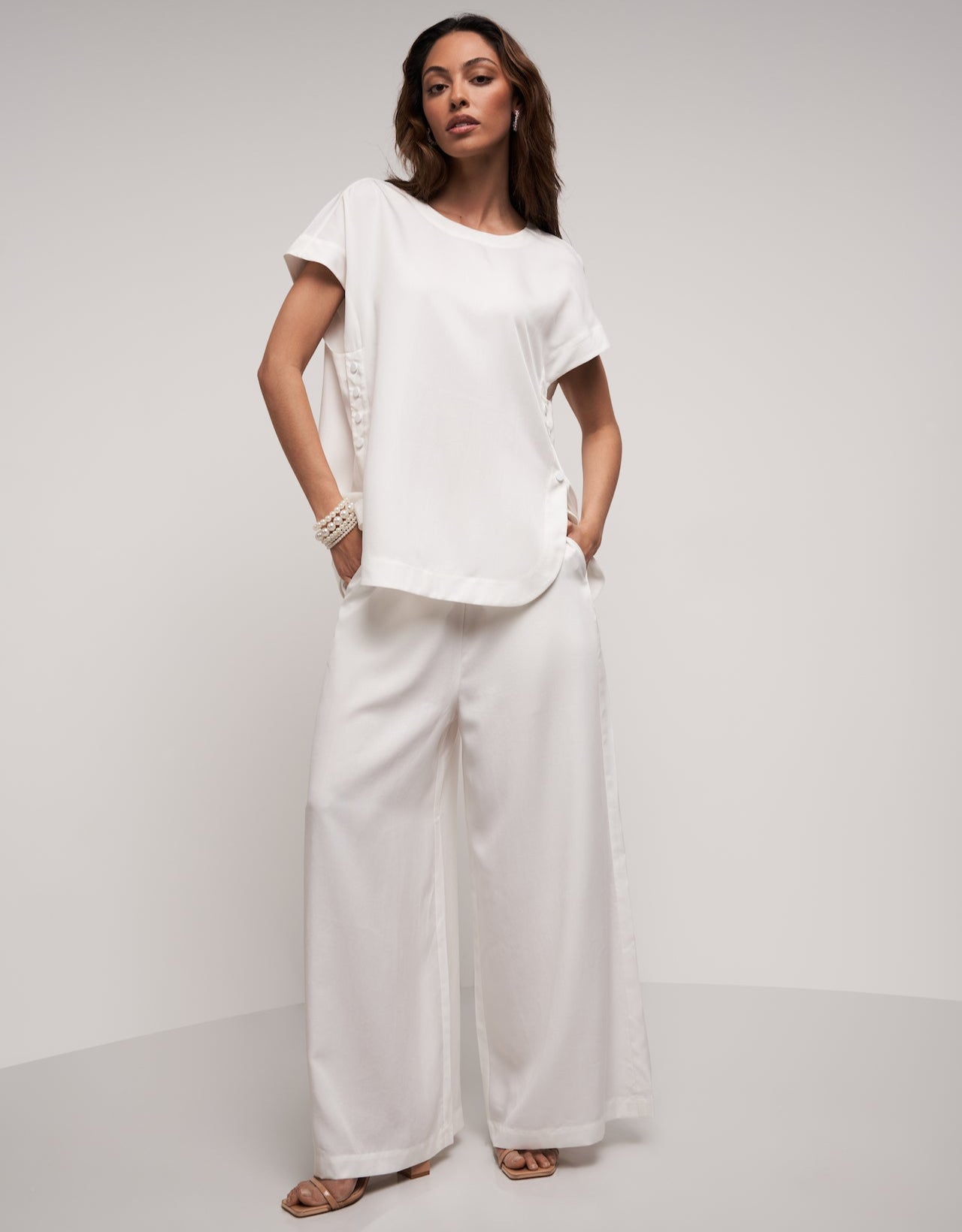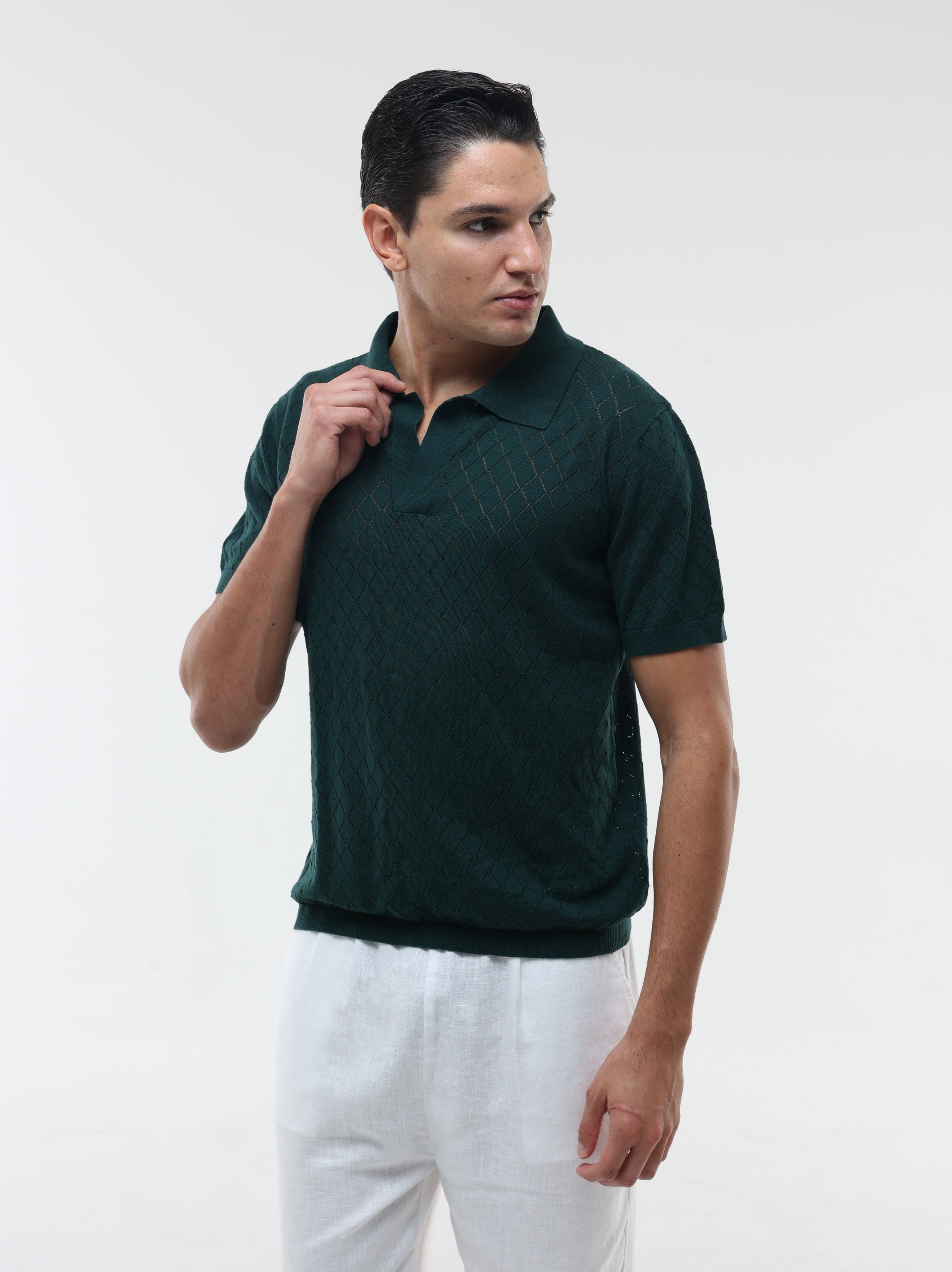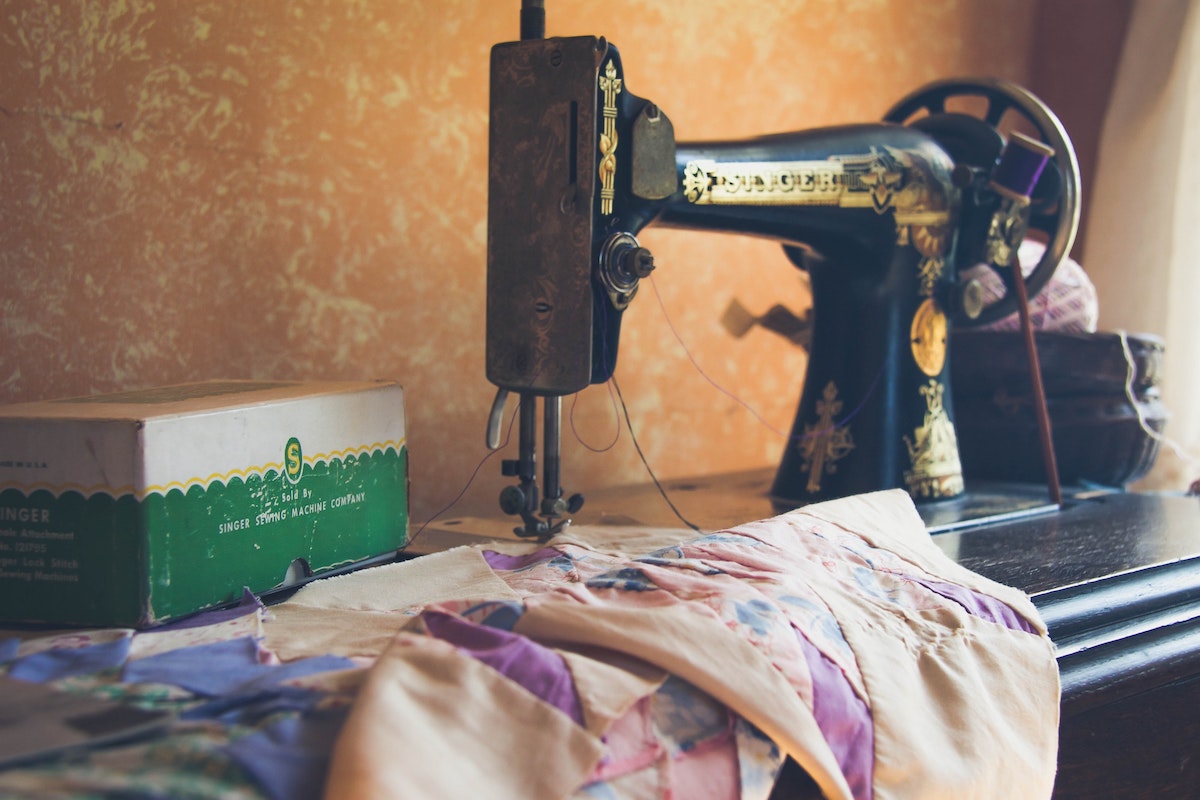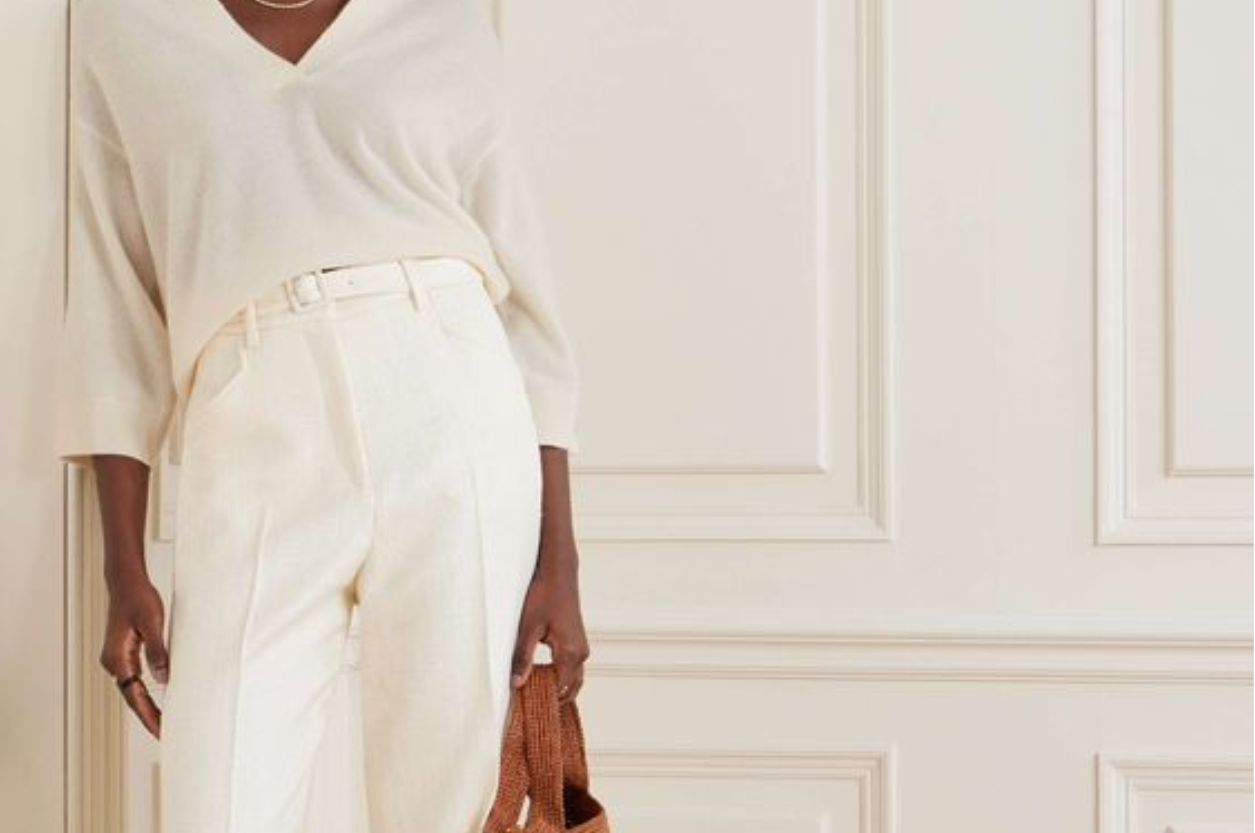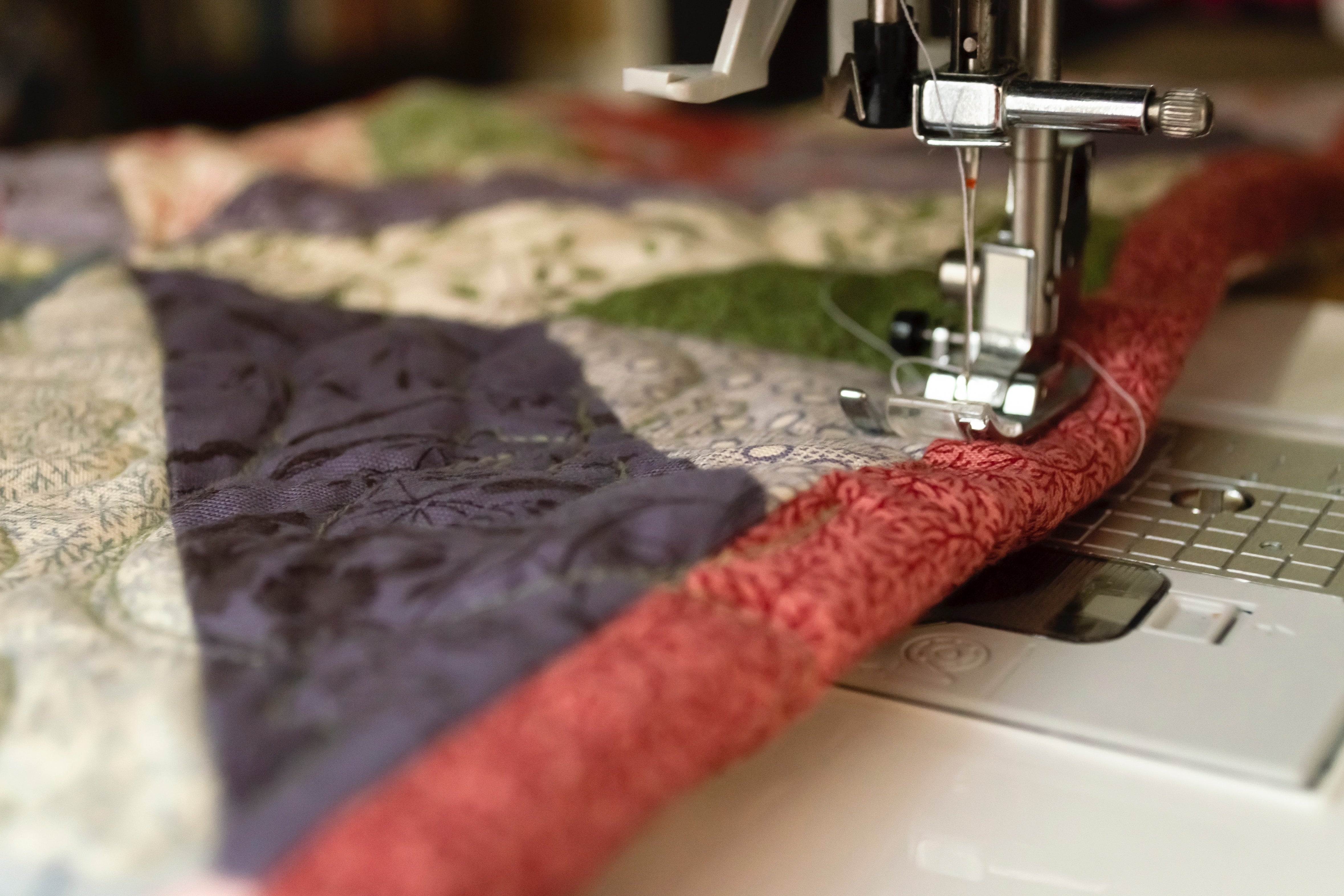
Upcycling: Why its the Most Sustainable Thing You Can Do
From the consumer’s point of view, the new wave of sustainability can seem like quite a lot to take in, especially after years of being conditioned to a consumerist way of life. Most of us grew up succumbing to marketing tactics like attractive sales and discounts, not to mention the advertising industry that long romanticised the idea of being a shopaholic. Evidently, it can take a substantial amount of unlearning that can be rather hard. So how does one go about practically adopting eco-friendly choices without taking huge and difficult leaps? The answer quite simply lies in upcycling.
Upcycling is the art of reusing old or discarded objects in a way as to create a product of higher quality or value than the original. According to ThredUP, the leading online fashion resale platform, around 10 million clothing items that have a lot of life left in them prematurely end up in landfills every year. If we extend the life of a garment even just by one year, we could potentially reduce its carbon footprint by 25%. Just one look at ThredUP’s newly launched Fashion Footprint Calculator puts into perspective the carbon impact of an individual’s wardrobe. After all, sustainability is not always about what you buy, it’s also about how you treat your existing wardrobe.
Letting go of the ‘clothes are disposable’ mindset means spending a little more on repairing your wardrobe as long as it means you’re wearing something you love and not contributing towards more waste. Cutting up old jeans to convert them into a pair of frayed hot shorts or chopping up an old tee and wearing it at the gym — we have all dabbled in some form of DIY growing up, so why stop now? Platforms like Pinterest alone are loaded with several ideas on refashioning and repurposing your wardrobe. Alternatively, paying your local seamstress a visit is always a good idea if you aren’t well equipped enough to take up an upcycling project all by yourself. Almost everything in your wardrobe can be repurposed, all it takes is a keen eye and an inquisitive mind to find out how.
Sustainable brands like Patagonia have resolutely championed the idea of upcycling. When their customer begins to spot some wear and tear on a puffer jacket or fleece vest, they can bring it back to a Patagonia store to have it repaired. And if they don’t use the item anymore, they can give it back to the brand who will refurbish and sell it on Worn Wear, Patagonia’s very own marketplace of second-hand products that was launched in 2017. Now, Worn Wear’s success has been expanded to a ReCrafted line that takes worn-out, damaged goods and transforms them into entirely new, one-of-a-kind products where each item is made up of at least three and six pieces of used clothing. By setting a strong example, Patagonia is paving the way for more brands to incorporate refurbishing and repairing as a part of their business models.
The idea of upcycling may have been around for ages, but its upon us to glamorize the concept and bring it to the fore as one of the best chances sustainability has to begin within our own wardrobes.
Shop Sustainable fashion at ZAVI


